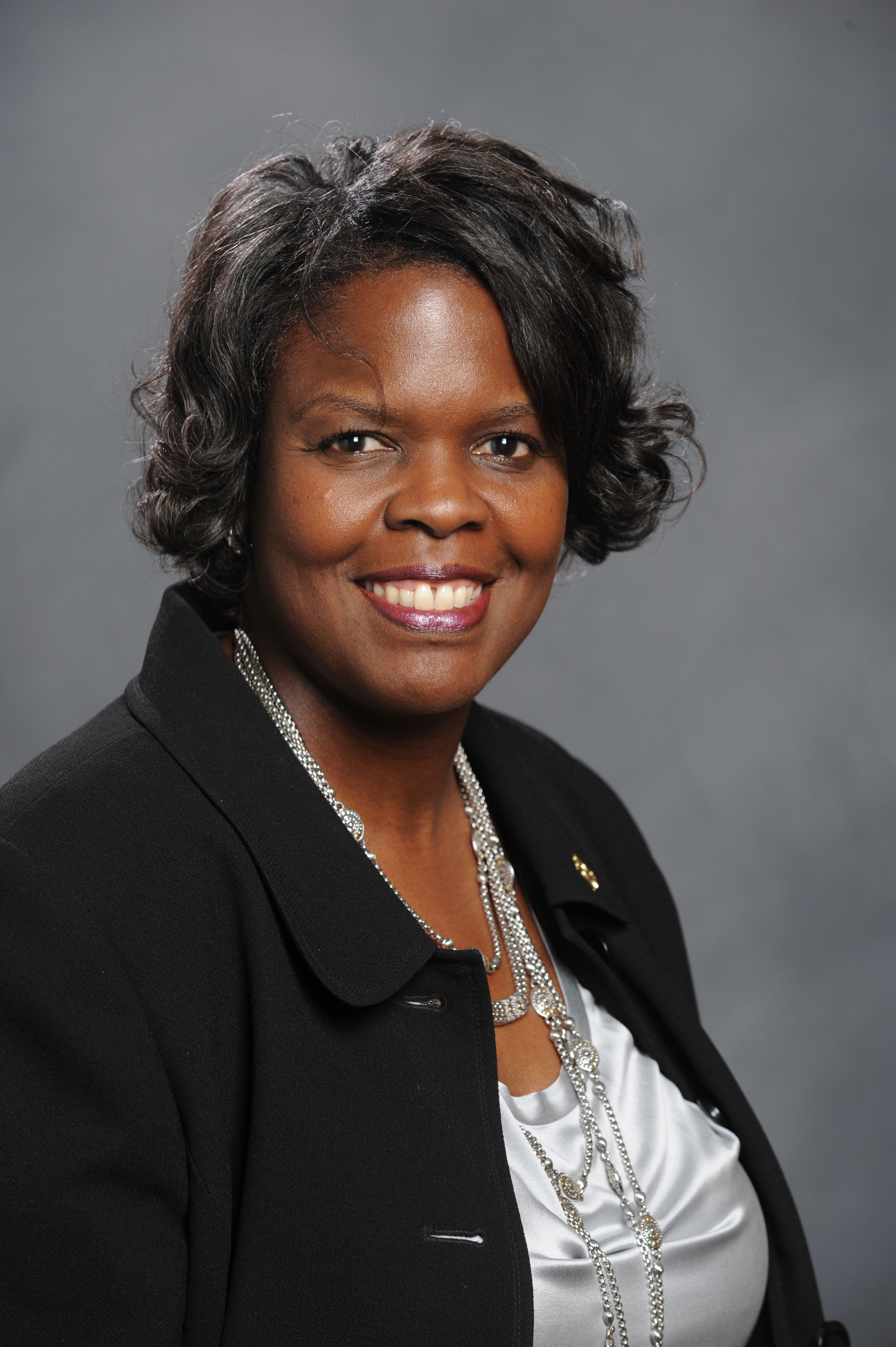BLACK SOCIAL HISTORY YWCA GREATER CLEVELAND: 10 STEPS TOWARD BRIDGING OUR PAINFUL RACIAL DIVIDE
Submitted by alicia

"There is a cure against racism. The deep wounds can be healed but the healing process is intricate, deliberate and will require involvement from those who have previously remained silent."
On April 27 YWCA Greater Cleveland hosted a screening and discussion of Not in Our Town: Light in the Darkness to a large and engaged audience. The event--and this piece below--is part of YWCA's national Stand Against Racismcampaign.
By Margaret Mitchell, President & CEO, YWCA Greater Cleveland
 The year was 1937. My mother and her sisters were playing in the front yard of their Greensboro, North Carolina home when a speeding delivery truck jumped the soft earthen curb, hitting and killing three-year-old Anita Shoffner. The driver, who was drunk and White, was never charged in the murder of my mother’s sister, who was African American. My mother's family story is not unique, and growing up in Fresno, California, I knew hate was not just a Black and White issue. I spent more afternoons than I can count in the home of Mary and Ernest Gonzales eating homemade tortillas with fresh butter, learning the realities of Mexican American life, the harsh realities of extreme bias.
The year was 1937. My mother and her sisters were playing in the front yard of their Greensboro, North Carolina home when a speeding delivery truck jumped the soft earthen curb, hitting and killing three-year-old Anita Shoffner. The driver, who was drunk and White, was never charged in the murder of my mother’s sister, who was African American. My mother's family story is not unique, and growing up in Fresno, California, I knew hate was not just a Black and White issue. I spent more afternoons than I can count in the home of Mary and Ernest Gonzales eating homemade tortillas with fresh butter, learning the realities of Mexican American life, the harsh realities of extreme bias.
For far too many Americans, the death of 17 year-old Trayvon Martin reopened painful wounds. Sometimes I am lulled into believing these old wounds have healed. But the devastation of hate and racism is an injury that never seems to heal. Instead it brings bitterness, anger and hopelessness to the surface, which breeds with fear and disillusionment in the open air. This same destructive fear thrives in San Diego, where an Iraqi-American woman was murdered on March 24, 2012, and racism is the suspected culprit. Hate and racism also hang in the air in Kansas City, where police are investigating two Black teens who allegedly set a younger White teen on fire in late February of this year.
The scar tissue of hate and racism is everywhere. A 2005 study by the U.S. Department of Justice estimated there are about 191,000 hate crimes incidents per year. How many more times will mourners need to gather at candlelight vigils or march for justice as the result of racism and hate? When will it stop? Will the wounds of racism be healed in 2042, when, according to State of the Dream 2012: The Emerging Majority report by United for Fair Economy, a major demographic shift will take place and the majority of the country will be non-white for the first time in our nation’s history? 2042 will be a reality, but it won't be a magic wand. In fact, some data from the report suggests the economic divide between people of color and Whites may be cavernous. Will this vast economic divide aggravate generational wounds of bias into a frenzy not seen since the 1960s?
There is a cure against racism. The deep wounds can be healed but the healing process is intricate, deliberate and will require involvement from those who have previously remained silent. When racism raises its ugly head, silence becomes toxic and our apathy is interpreted as total acceptance. We always have a choice: do nothing and let racism go uncontested and flourish, or do something -- act up, rise up, and speak up. We must pick up the armor of righteousness daily in order to slay the evil forces of racism at work against us. It will not be easy and it will not always be comfortable for any of us but courage is a game changer. We must each take a step each day to garner support and find our voice as the moral majority.
Here are 10 steps we can each take to step out of the shadows of silence:
- Learn about other people and their culture but go beyond foods and festivals.
- Explore the unfamiliar. Put yourself in situations where you are in the visible minority.
- Be a proactive parent. Talk to your children candidly about race.
- Don't tell or laugh at stereotypical jokes.
- Think before you speak. Words can hurt whether you mean them to or not.
- Be a role model and help educate others regarding your own experiences.
- Don't make assumptions because they are usually wrong and stereotypes are destructive.
- Consider how race and racism impact your life and those around you.
- Don't let others get away with biased language or behavior- speak up and out.
- Take a position against hate and take a Stand Against Racism.
Hate attacks civility, community and escalates into the disease of racism -- racism hurts everyone.
Originally published by YWCA Greater Cleveland


























No comments:
Post a Comment